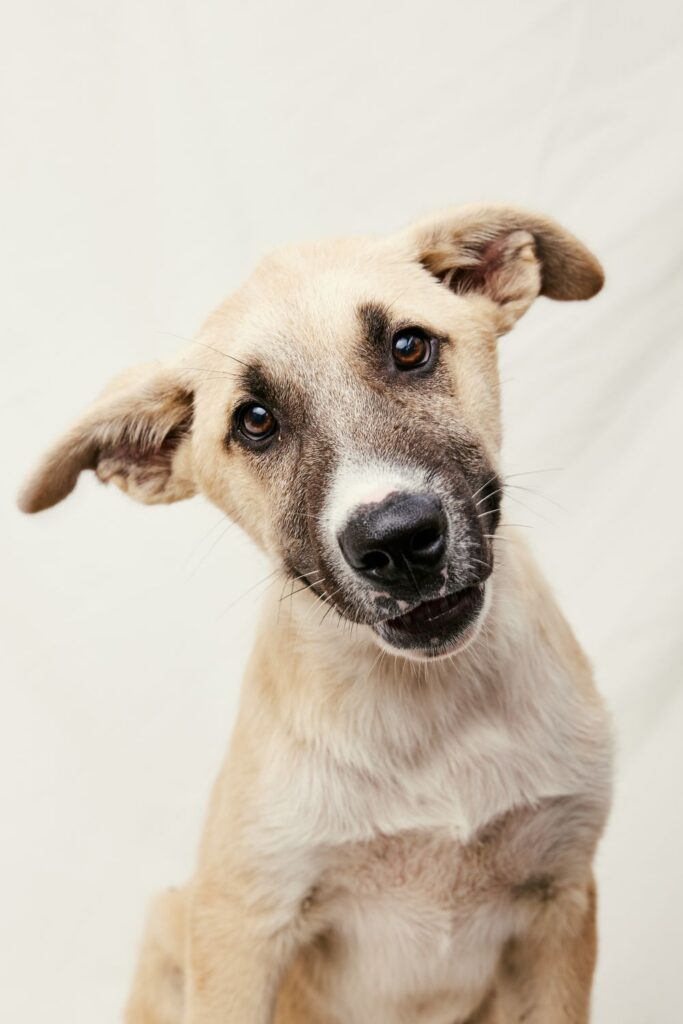Understanding the Yearly Veterinary Inspection Report: What it is and what it isn't
In recent times, there’s been a noticeable increase in public debate around the welfare of sled dogs, often driven by emotive arguments and a desire for transparency. While it’s commendable that people care deeply about animal welfare, it’s equally important to ground the conversation in facts and context. One key area that often becomes a flashpoint is the yearly veterinary inspection reports, in particular, what they are, what they mean, and how they should be interpreted.
As part of our commitment to openness and education, we’re sharing our 2025 veterinary inspection report and offering an explanation of what it entails. But more importantly, we’d like to highlight why such reports, while important, offer only a limited snapshot of a kennel’s daily operations.
What Is the Veterinary Inspection Report?
In Finland, businesses working with animals (like as kennels) are required by law to undergo regular inspections conducted by municipal veterinary authorities. These inspections typically occur once a year, although in some municipalities (such as ours), this may vary depending on available resources. Some areas now conduct inspections every two years, if no serious issues have been observed.
The inspection is usually scheduled in advance. A veterinarian from the municipality contacts the kennel, sets a date, and conducts a walk-through of the facilities. The veterinarian wears many hats, sometimes performing multiple inspections for different types of oversight in a single visit. They check everything from the dogs’ housing and cleanliness of the environment, to the availability of food and water and the condition of the dogs themselves.
Importantly, this is a routine check, not a complaint-driven investigation. If serious welfare concerns or complaints are raised, those would trigger an unannounced inspection, potentially with police presence. Rather this is a standard, annual inspection that acts as a routine control to verify that minimum standards are being met.

What the Report Covers
The report form is fairly simple. In our case, it states that Bearhill Husky had 104 dogs under our care at the time of inspection. These are our own dogs, and thus, the scope of the inspection is limited to them. We also had around 90 other dogs on-site belonging to subcontractors. These dogs fall under the authority of their own respective kennels and are not evaluated as part of our inspection, unless specific concerns arise.
The report includes basic information such as:
- Number and type of animals
- Age range (in our case, from 6 weeks to 16 years)
- Evaluation of shelter suitability, safety of the environment, cleanliness, food and water availability
- Condition of dog houses
- Notes on registration and any observed deficiencies
Important Notes from our 2025 Report
This year, there were three remarks worth highlighting—each of which will be addressed more fully in separate blog posts:
- Registration of an Additional Location
One of our newer kennel sites, used by a subcontractor, had not yet been registered with the authorities. This is an administrative oversight that we are already in the process of rectifying. The vet clarified that the location must be added as an annex to our existing business record. - Dog Registration in the National Animal Register
The report notes that our dogs are not listed in the national animal register. This is also a regulatory requirement, and while we have some principled objections regarding how this registry functions (which we’ll detail in another post), we acknowledge the need to comply and will take the necessary steps to register our dogs. - Teeth Condition Remark
A brief note was made about dental condition. One of our senior dogs, Mörkö, who is 16 years old, has naturally worn-down teeth. This is entirely normal for her age, and she shows no signs of pain or discomfort. In fact, Mörkö is known for being remarkably hard to sedate and still full of vitality! Teeth inspections have become a more emphasized aspect of kennel inspections in recent years, as they serve as a bellwether for general care. At Bearhill Husky, we inspect all of our dogs’ teeth at least once annually.
A Caution on Context
Here’s the crucial point: these reports are snapshots, not full narratives. They document a single visit, often lasting no more than a couple of hours, and are based on the professional judgement of one individual vet. While the inspecting veterinarians are knowledgeable and often very reasonable, their perspective can vary. What one inspector deems acceptable, another might not—especially on more subjective criteria like dog coat suitability for winter conditions or doghouse insulation.
We’ve seen colleagues experience this first-hand: a dog marked as unsuitable for cold one year, deemed fine the next, and then flagged again a year later—without any changes made in the meantime. This inconsistency isn’t always due to error; it’s often a matter of interpretation.

Why Trust Matters
The most effective inspections happen when both parties, kennel operators and veterinary inspectors, respect each other’s expertise. Kennel owners know their dogs intimately. Vets, on the other hand, bring valuable perspective from seeing a wide range of operations. When this dynamic is based on mutual trust and a shared goal of animal welfare, it works.
What doesn’t help is when well-meaning individuals publicize these reports without context, turning small remarks into grounds for public outrage. Doing so risks undermining trust between inspectors and kennels. It may even discourage transparency, as operators begin to fear that any error, however minor, will be weaponized against them online.
Let’s be honest: no one is perfect. Kennels, like any operation, will sometimes make mistakes. What matters is how they respond, whether they acknowledge the issue, fix it, and improve. That process requires space to grow, not the threat of public shaming.
In Conclusion
We are proud of the work we do and grateful for the cooperation of our local veterinary authorities. This year’s inspection went smoothly, and we appreciate the feedback provided. We’ll be diving deeper into the specific points mentioned in the report in upcoming posts:
- The teeth inspection process and our dental care routine
- Why we have objections to the national dog registry
- How kennel registration works and what changes we’re making
We hope this explanation offers clarity on what these reports are, how they function, and why they should be seen as part of the bigger picture and not the whole story.
Thank you for following along and for supporting meaningful, informed dialogue around animal welfare.
Read the full report here.



